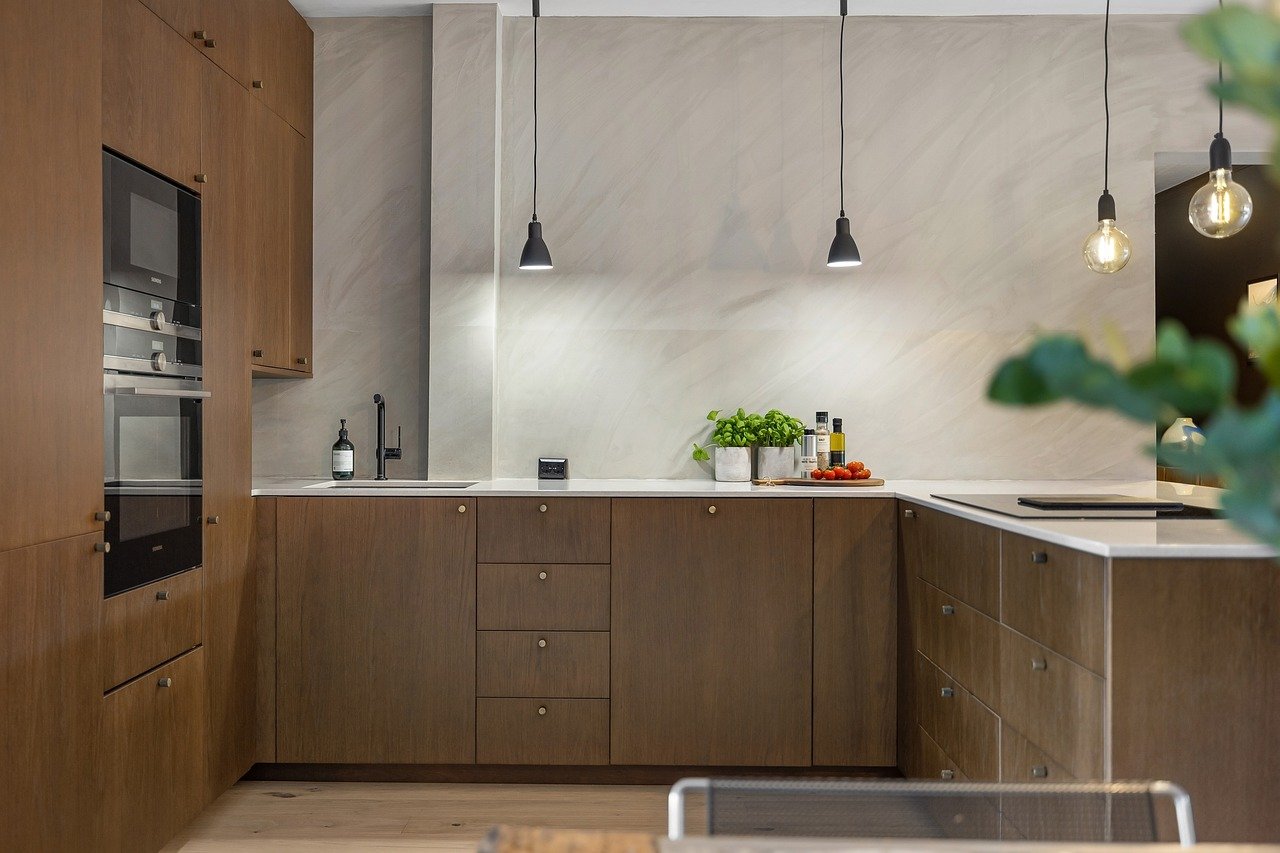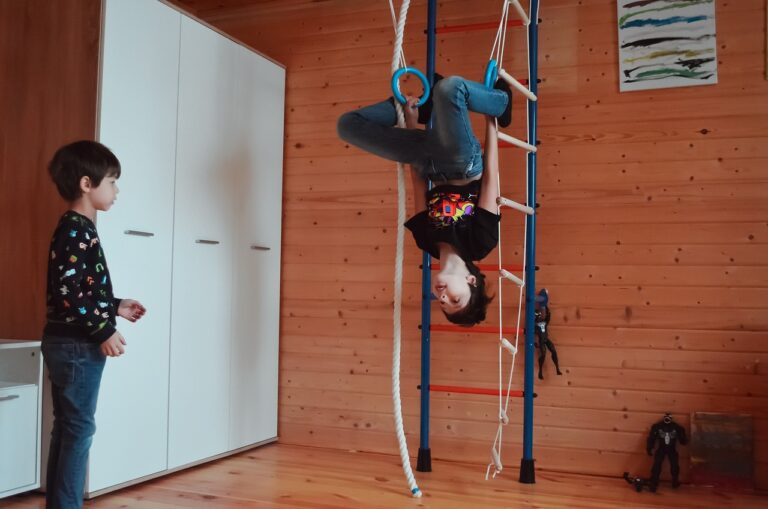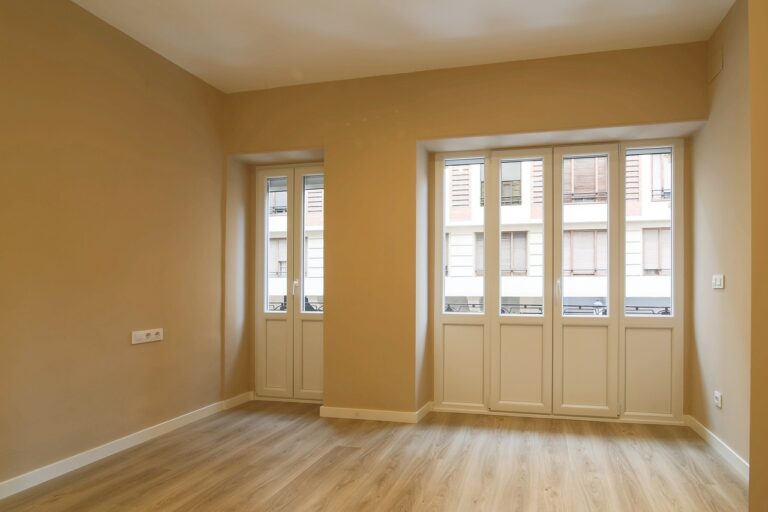The Benefits of Passive House Design: Energy Efficiency and Comfort
Passive House design is becoming increasingly popular due to its ability to significantly reduce energy costs for homeowners and building occupants. By incorporating high levels of insulation, airtight construction, and advanced ventilation systems, Passive Houses minimize the need for traditional heating and cooling systems. This results in substantial energy savings over time, making Passive House design a cost-effective and sustainable choice for environmentally conscious individuals and businesses alike.
In addition to lowering energy bills, Passive House design also offers long-term benefits in terms of reducing carbon emissions and decreasing reliance on nonrenewable energy sources. The emphasis on energy efficiency in Passive Houses not only contributes to a healthier environment but also helps mitigate the impact of climate change. As more people adopt Passive House principles in their construction projects, the collective effort towards reducing energy consumption and promoting sustainable living practices continues to grow.
Improved Indoor Air Quality with Passive House Design
Passive house design is a revolutionary approach to building construction that prioritizes energy efficiency, thermal comfort, and indoor air quality. By utilizing advanced ventilation systems and airtight building envelopes, passive houses can effectively filter and circulate fresh air continuously, creating a healthier indoor environment for occupants. Improved indoor air quality in passive house designs greatly benefits individuals with respiratory issues, allergies, and sensitivities as it reduces the presence of indoor pollutants and allergens.
With proper ventilation systems in place, passive house designs help prevent the build-up of harmful gases, volatile organic compounds (VOCs), and other pollutants that can affect occupants’ health and well-being. The consistent supply of fresh outdoor air and the efficient removal of indoor air impurities create a clean and comfortable living environment that promotes overall health and productivity. Passive houses not only reduce energy costs but also provide a sustainable solution for maintaining high indoor air quality levels within residential and commercial buildings.
• Passive house design prioritizes energy efficiency, thermal comfort, and indoor air quality
• Advanced ventilation systems and airtight building envelopes filter and circulate fresh air continuously
• Benefits individuals with respiratory issues, allergies, and sensitivities by reducing indoor pollutants and allergens
• Prevents build-up of harmful gases, volatile organic compounds (VOCs), and other pollutants
• Consistent supply of fresh outdoor air promotes overall health and productivity
• Sustainable solution for maintaining high indoor air quality levels in residential and commercial buildings
Enhanced Thermal Comfort in Passive House Designs
Passive house design is synonymous with enhanced thermal comfort, offering a cozy and consistent indoor temperature throughout the year. The meticulous insulation and airtight construction of passive houses leave no room for drafts or cold spots, ensuring that occupants feel comfortable in every corner of the living space. By effectively retaining heat during winter and blocking out excessive heat during summer, passive house designs create a harmonious indoor environment that promotes relaxation and well-being.
In addition to the superior insulation, passive house designs often incorporate high-performance windows and doors that further contribute to thermal comfort. These elements prevent heat loss by minimizing thermal bridging and effectively sealing the building envelope. As a result, occupants can enjoy a steady indoor temperature without the need for a conventional heating or cooling system, leading to not only enhanced comfort but also significant energy savings.
What is a Passive House design?
A Passive House design is a building construction concept that focuses on maximizing energy efficiency, reducing energy costs, and providing superior indoor air quality.
How does Passive House design reduce energy costs?
Passive House design reduces energy costs by incorporating features such as high levels of insulation, airtight construction, and passive solar design principles to minimize the need for heating and cooling.
How does Passive House design improve indoor air quality?
Passive House design improves indoor air quality by incorporating mechanical ventilation systems that provide a constant supply of fresh air while also filtering out pollutants and allergens.
How does Passive House design enhance thermal comfort?
Passive House design enhances thermal comfort by maintaining a consistent indoor temperature throughout the year, reducing drafts and cold spots, and minimizing the need for traditional heating and cooling systems.







